Developed through centuries of a living relationship with the forest, the Muyong system of land-use and land tenure zoning is recognized as a highly advanced and effective forest management and Assisted Natural Regeneration (ANR) method. Practiced by the Ifugao people of the Northern mountainous region of the Philippines, the Muyong system includes complex methods for managing all of the tribe’s needs while continuously regenerating the forest. From identifying and protecting species based on water-retention and soil-fertilization capacity, to harvesting timber and crops of only particular species at particular times, to planting diverse polycultures and sowing four seeds for every harvested tree – the Muyong system is complex and comprehensive.
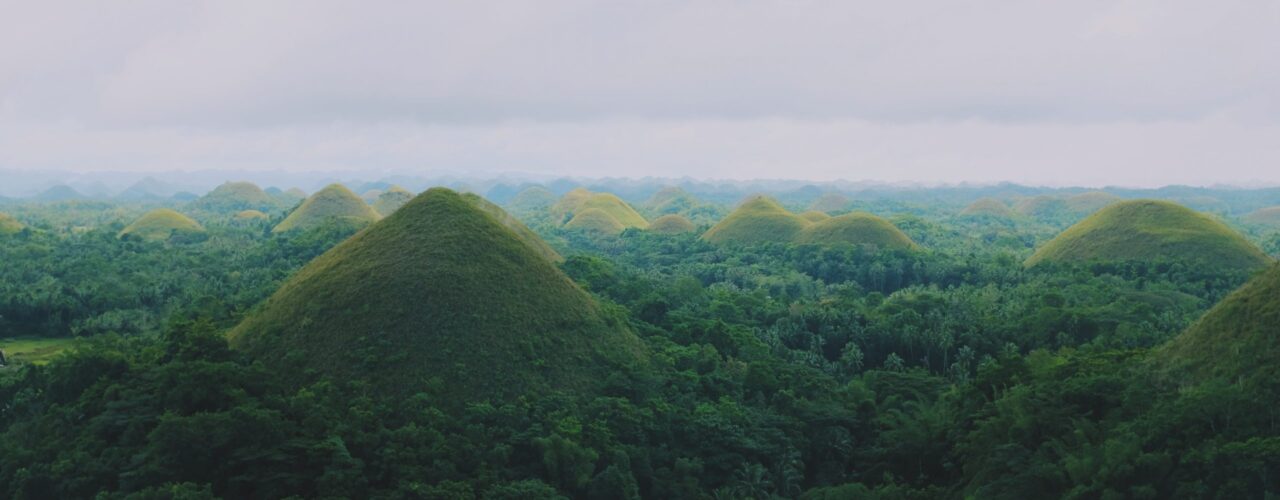
So what?
Much of the contemporary agro-forestry, forest-ecology, and water and soil health practices (to name only a few) appearing in journal articles and university research plots have been practiced by indigenous tribes across the globe for centuries. Although many groups throughout history managed their forests to lesser and greater degrees of sustainability, the Ifugao have a truly remarkable system for continued forest regeneration. The Muyong system and its principles being recognized and, indeed, taught and replicated throughout world signifies an important shift in power and globalization. Instead of the scientific determinism and knowledge being disseminated from (mostly) Western institutions, this recognition and implementation of indigenous practice show decentralization of knowledge and wisdom as equally important regardless of origin.
Sources
-
 Science and tradition: how indigenous communities manage forests http://www.worldagroforestry.org/blog/2020/05/30/science-and-tradition-how-indigenous-communities-manage-forests
Science and tradition: how indigenous communities manage forests http://www.worldagroforestry.org/blog/2020/05/30/science-and-tradition-how-indigenous-communities-manage-forests -
 Muyong forest of Ifugao: Assisted natural regeneration in traditional forest management - Moises Butic and Robert Ngidlo http://www.fao.org/3/AD466E/ad466e06.htm
Muyong forest of Ifugao: Assisted natural regeneration in traditional forest management - Moises Butic and Robert Ngidlo http://www.fao.org/3/AD466E/ad466e06.htm
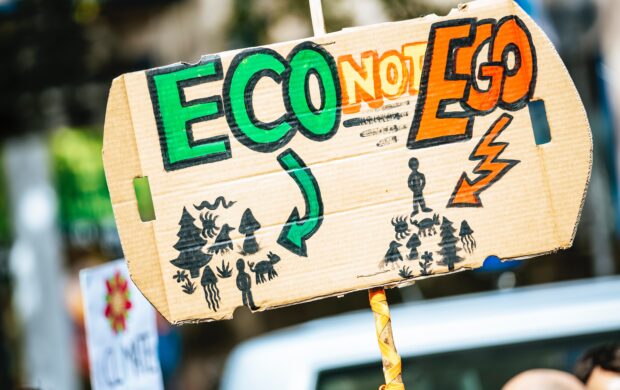


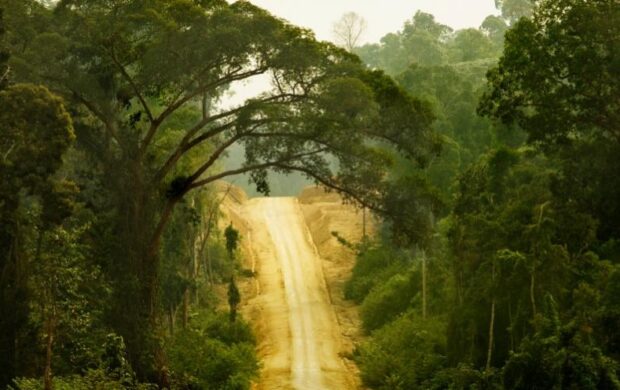

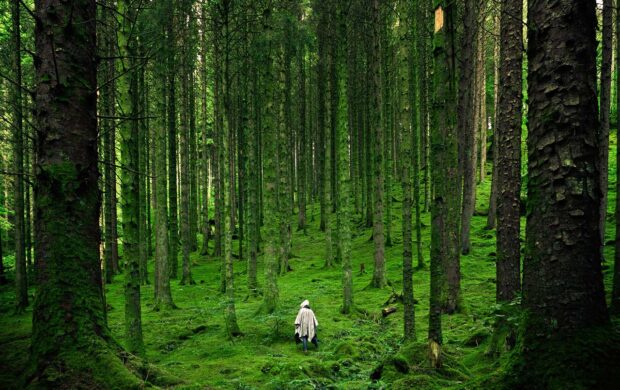







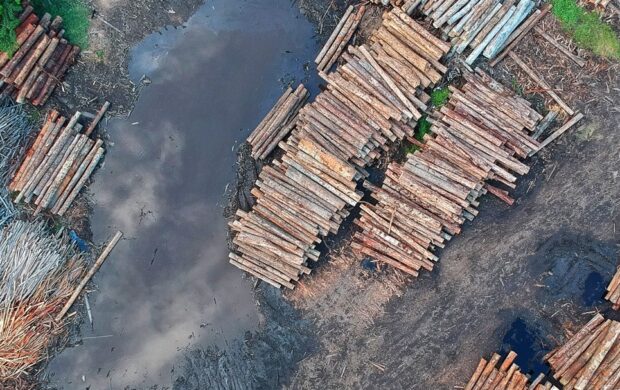

The fundamental values within the Muyong system align to they of wider indigenous communities, such as they exhibited in the Native American land management and architecture systems I’ve discussed here https://www.panarchiccodex.com/systemic-integration-of-fire-and-architecture